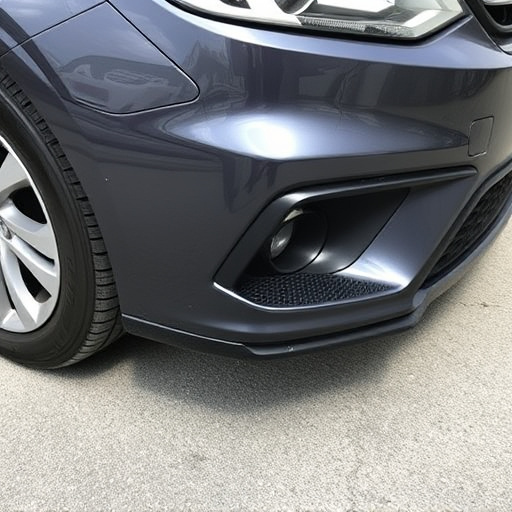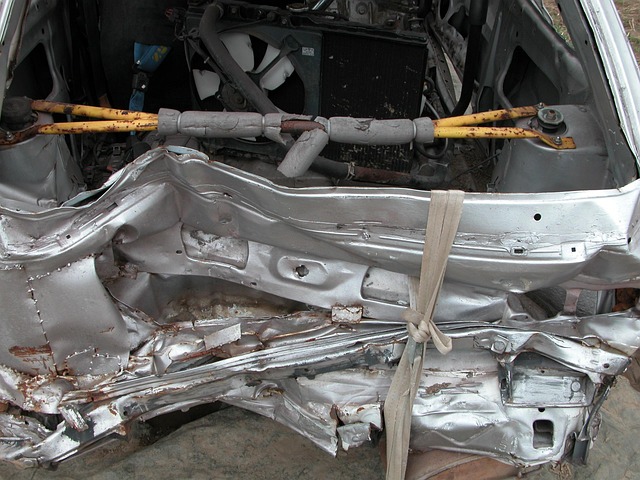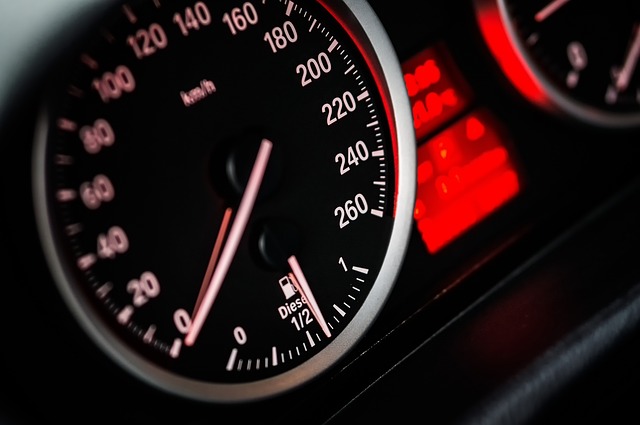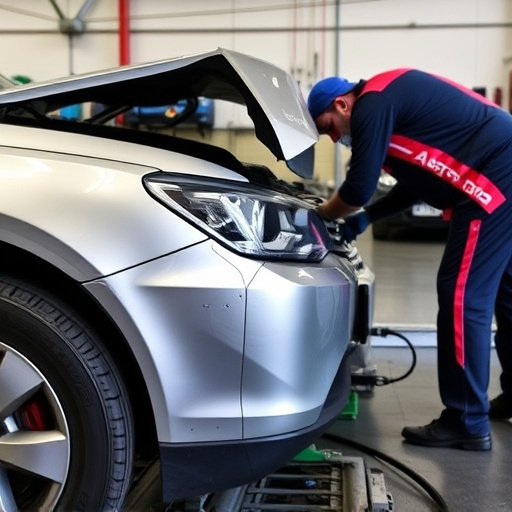Understanding deductible limits is key for informed collision repair decisions. These out-of-pocket expenses vary between insurers and policies, impacting the cost vs. benefit analysis of repair options like frame straightening. Knowing deductibles—expressed as fixed dollar amounts—helps policyholders choose appropriate coverage, balance financial comfort with risk assessment, and ensure they get the best value for vehicle restoration.
In the intricate web of collision repair, deductible limits play a pivotal role, influencing car owners’ decisions at every turn. This article explores how these limits, embedded within insurance policies, shape the post-accident landscape. We dissect their definition and operation, unraveling the factors that dictate their amounts. Furthermore, we delve into the profound impact on repair choices, comparing repairs versus replacements, while shedding light on the importance of pricing transparency. Additionally, we navigate the various deductible payment options available, highlighting their advantages and disadvantages, offering strategies to negotiate these financial hurdles.
- Understanding Deductible Limits in Collision Repair
- – Definition of deductible limits
- – How deductibles work in insurance policies
Understanding Deductible Limits in Collision Repair

When it comes to collision repair, understanding deductible limits is key for making informed decisions about your vehicle’s restoration. Deductible payment options vary between insurance providers and policies, representing the amount you’re required to pay out-of-pocket before coverage kicks in. This can significantly impact your choices, especially when dealing with extensive car bodywork or intricate car paint services.
Knowing these limits allows you to weigh the costs and benefits of different repair options, such as frame straightening. By understanding what’s covered and what’s not, policyholders can make strategic decisions, ensuring they get the best value for their money while restoring their vehicle to pre-accident condition.
– Definition of deductible limits
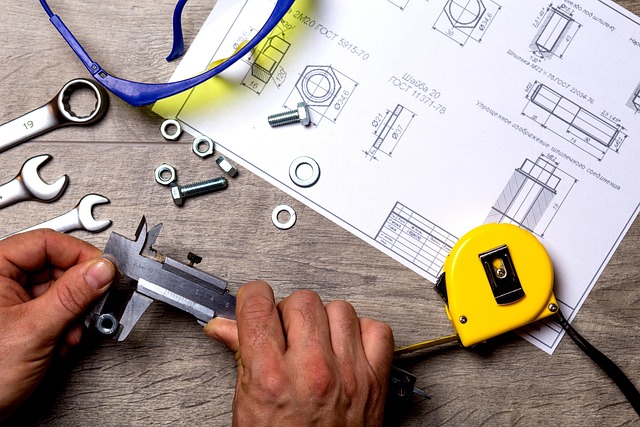
Deductible limits refer to the out-of-pocket expense a policyholder must cover before an insurance provider begins to compensate for collision-related damages. These limits are typically expressed as a fixed dollar amount, set by the insurance company and agreed upon when purchasing a vehicle insurance policy. Deductible payment options vary among providers, allowing policyholders to select a level that aligns with their financial comfort and risk assessment. A higher deductible often translates to lower annual premiums, while a lower deductible results in higher monthly payments but potentially less out-of-pocket expense during claims.
When considering automotive collision repair at a vehicle body shop, understanding the deductible limits is crucial. Policyholders may opt for a higher deductible to reduce premium costs, assuming they can afford the higher initial outlay in case of an accident. Alternatively, those who prefer lower deductibles are willing to accept slightly higher premiums to avoid significant upfront expenses during bumper repairs or other collision-related services. This decision-making process is a critical aspect of risk management and financial planning for vehicle owners, impacting their choice of repair facilities and ultimately shaping the overall cost of automotive collision repair.
– How deductibles work in insurance policies
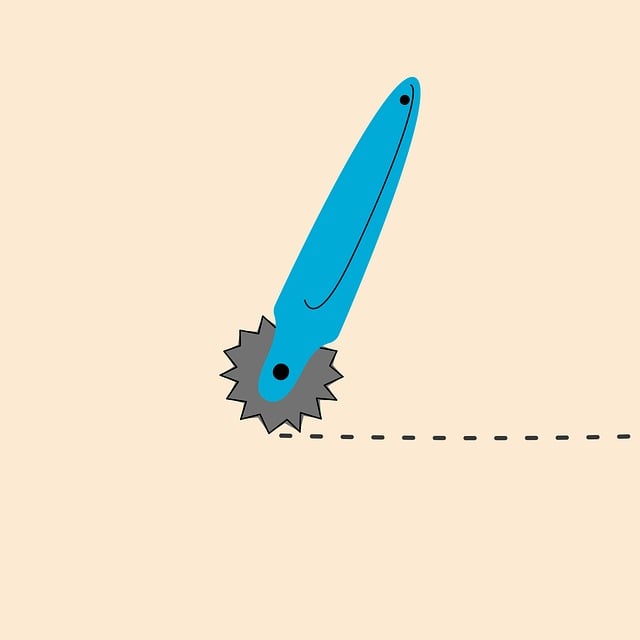
In auto insurance policies, deductibles represent the amount you, as the policyholder, agree to pay out-of-pocket for repairs before your insurance coverage kicks in. They are a crucial component that influences your premium rates. Deductible payment options typically range from a lower, more affordable base amount to higher sums that may result in substantial savings on monthly premiums. When considering car collision repair or auto glass repair, understanding deductibles is essential as they directly affect the financial burden you’ll carry for these services.
For instance, if your deductible is set at $500 and your car undergoes a severe collision, you’ll be responsible for paying this initial amount towards the repair costs. The rest of the expenses will be covered by your insurance provider, up to the policy’s limit. Higher deductibles can significantly reduce your annual premium but require a larger upfront payment during claims, while lower deductibles offer more immediate financial relief with potentially higher long-term costs.
When it comes to collision repair, understanding your deductible limits is key. These payments can significantly impact your out-of-pocket expenses and repair choices. By knowing how deductibles work and exploring different deductible payment options, you can make informed decisions that align with your budget and needs, ensuring a smoother process post-accident.







